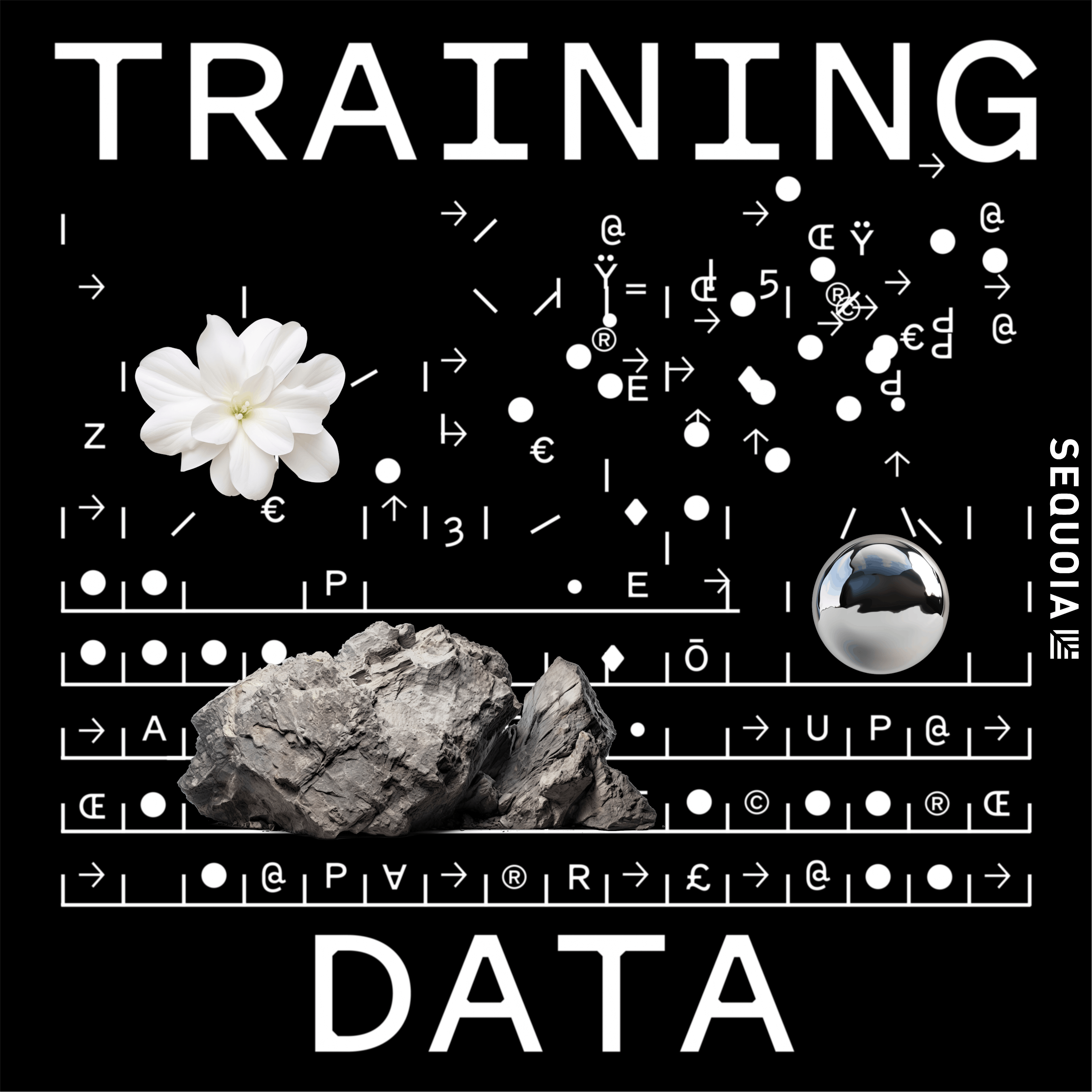OpenAI Researcher Dan Roberts on What Physics Can Teach Us About AI
Description
In recent years there’s been an influx of theoretical physicists into the leading AI labs. Do they have unique capabilities suited to studying large models or is it just herd behavior? To find out, we talked to our former AI Fellow (and now OpenAI researcher) Dan Roberts.
Roberts, co-author of The Principles of Deep Learning Theory, is at the forefront of research that applies the tools of theoretical physics to another type of large complex system, deep neural networks. Dan believes that DLLs, and eventually LLMs, are interpretable in the same way a large collection of atoms is—at the system level. He also thinks that emphasis on scaling laws will balance with new ideas and architectures over time as scaling asymptotes economically.
Hosted by: Sonya Huang and Pat Grady, Sequoia Capital
Mentioned in this episode:
The Principles of Deep Learning Theory: An Effective Theory Approach to Understanding Neural Networks, by Daniel A. Roberts, Sho Yaida, Boris Hanin
Black Holes and the Intelligence Explosion: Extreme scenarios of AI focus on what is logically possible rather than what is physically possible. What does physics have to say about AI risk?
Yang-Mills & The Mass Gap: An unsolved Millennium Prize problem
AI Math Olympiad: Dan is on the prize committee
More Episodes
Years before co-founding Glean, Arvind was an early Google employee who helped design the search algorithm. Today, Glean is building search and work assistants inside the enterprise, which is arguably an even harder problem. One of the reasons enterprise search is so difficult is that each...
Published 10/29/24
Published 10/29/24
NotebookLM from Google Labs has become the breakout viral AI product of the year. The feature that catapulted it to viral fame is Audio Overview, which generates eerily realistic two-host podcast audio from any input you upload—written doc, audio or video file, or even a PDF. But to describe...
Published 10/15/24


